BRANDING IN A POSTTRUTH WORLD AN
ISSUE OF TRUST


WELCOME TO THE THIRD EDITION OF OUR ‘SHOW ME’ QUARTERLY.
This issue focuses on trust - a much over-used word but it’s an issue that’s not going anywhere soon. We explore how consumer behaviour is changing and what this means for brands. We’ve also interviewed a few ‘friends of Missouri’ to gain insight into how influencer marketing is changing the media landscape and how global drinks brands are responding to the shifting dynamics of the industry.
And finally, we’ve included some of our latest work that we’re particularly proud of, and a glimpse into the colourful world of modern Mexico.
As ever, we hope you enjoy the read and do get in touch if you want to discuss the following content, or your individual brand challenges.
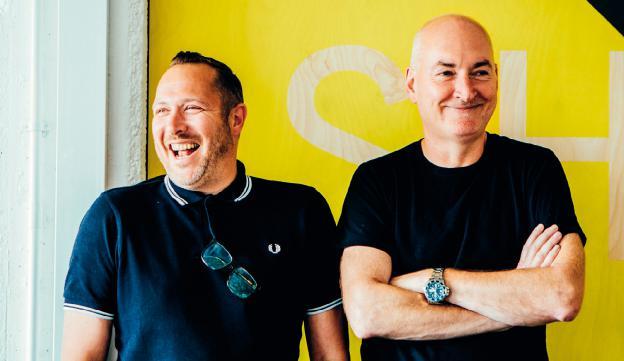
BRANDING IN A POSTTRUTH WORLD
AN ISSUE OF TRUST
In the past 2 years, it has become clear that people are no longer swayed just by rational arguments provided by so-called specialists – the message that resonates the most often comes from ‘outsiders’ claiming they want to bring down the establishment and break with the status quo.
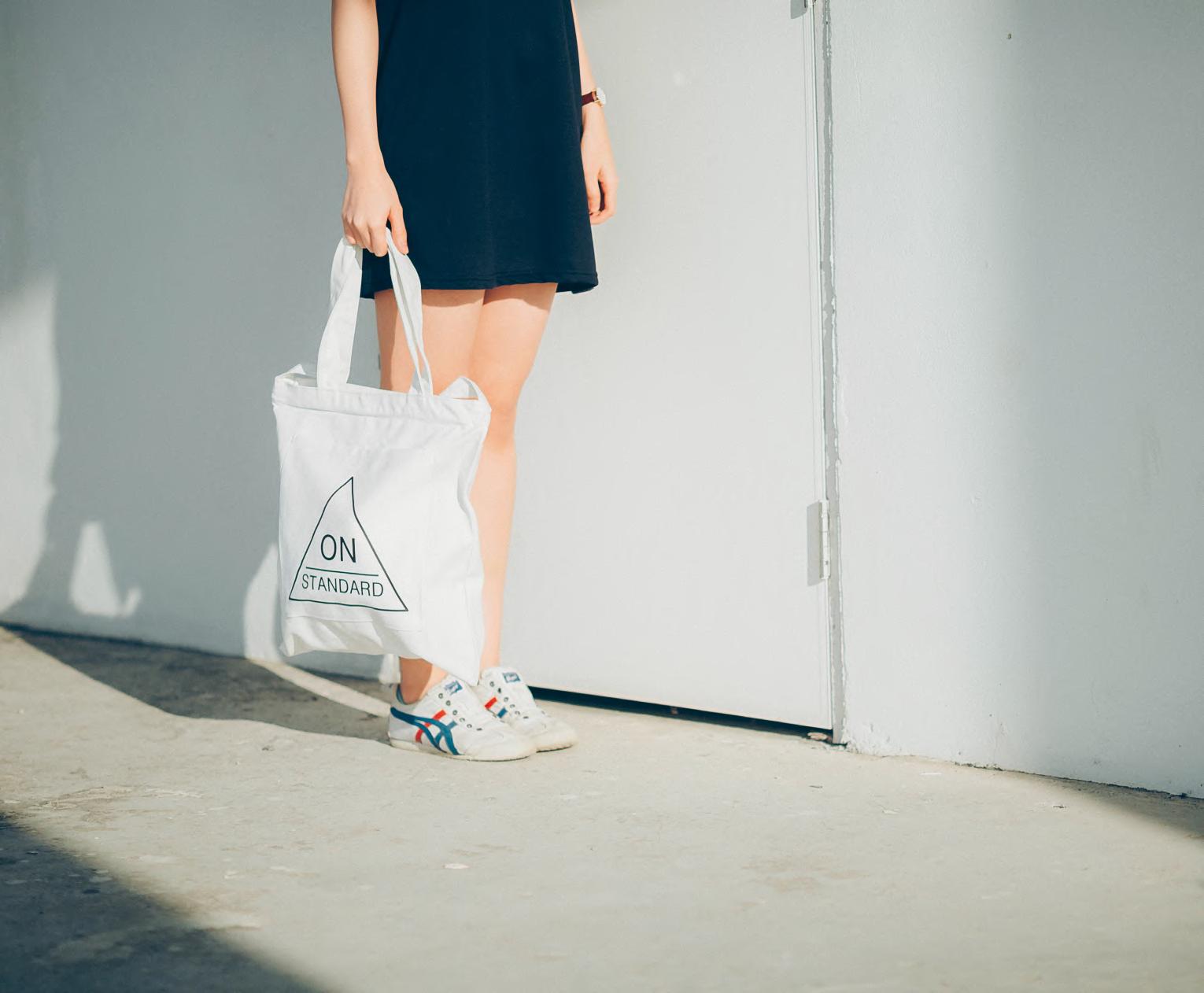
Media fragmentation has contributed to a sense that the truth now is increasingly more relative – there is widespread distrust of mainstream media channels, and sources once seen as highly reliable have now come to epitomise bias. A Google search for 'Fake News' yelds approximately 27,000,000 results.
Brands have been affected too. An annual study published by Edelman has found that consumer trust eroded by 30% between 2016 and 2017. This climate of widespread scepticism created ideal conditions for outsider brands to enter the market and challenge established ones.
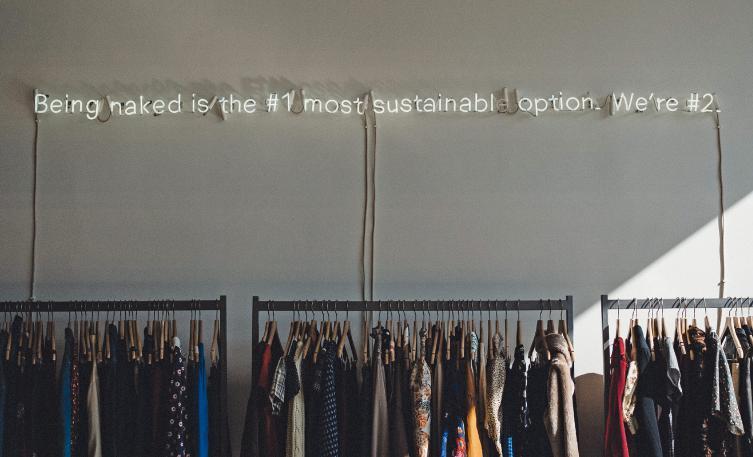
But in a world that has become highly unpredictable and polarised, there is something we can all agree with, independent of our views on the wider socioeconomic debate taking place: people won’t take more of the same – they want change.
The media and brand landscapes are being continuously transformed by the emergence of new media platforms and smaller, and often local, brands whose ability to thrive seems to be directly linked to their ability to do things differently and shake up the categories in which they compete.
As a consequence, brand loyalty is becoming ever harder to achieve. Nurturing long-term relationships with consumers is more complicated than ever before, and telling 'the truth' is not enough.
Unless your brand ticks a range of other boxes, consumers will not hesitate to take their money to brands with a more disruptive agenda.
Read on to see what brands in the food and drinks sector are doing in order to win back consumers in a post-truth world.
In 2016 consumer trust eroded by
30%
TOTAL TRANSPARENCY AND TRACEABILITY 1
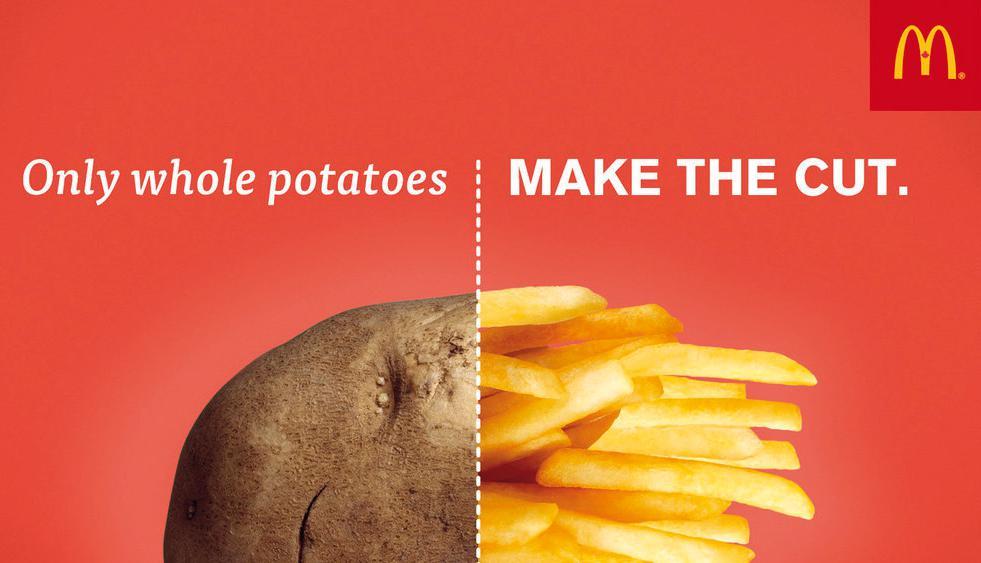
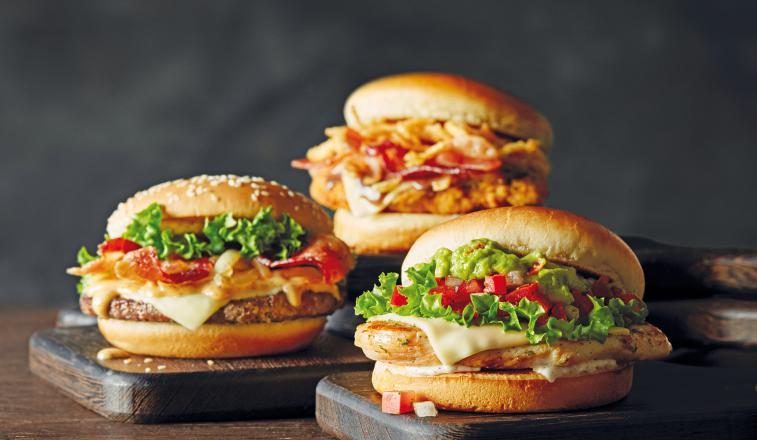
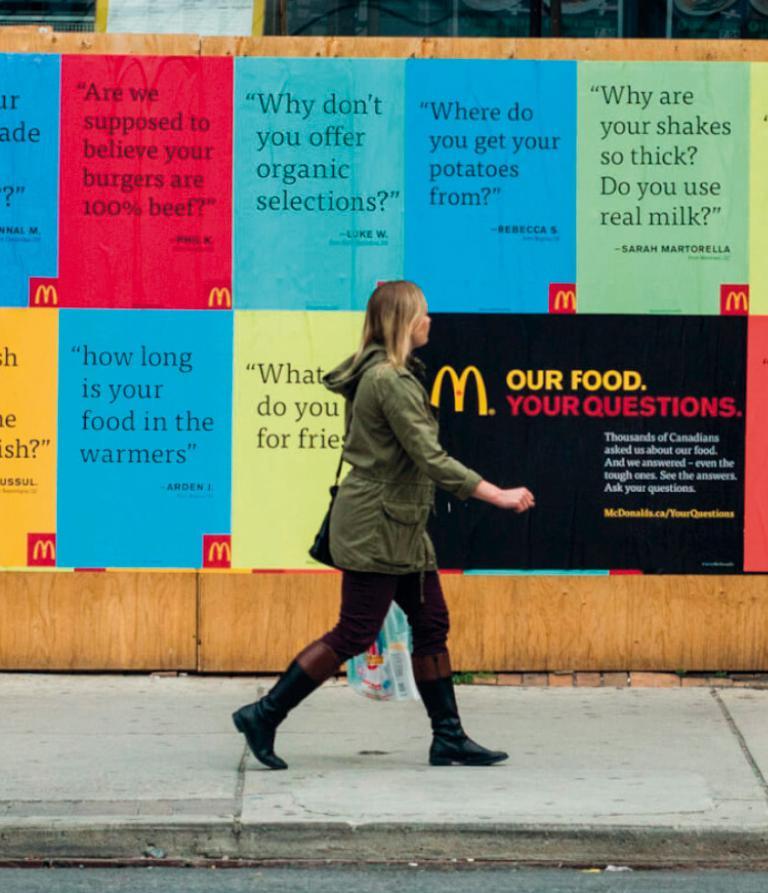
Let’s start with the very basics: transparency and traceability – absolute clarity is imperative because consumer distrust is prevalent.
In today’s post-truth reality, consumers now demand complete transparency from brands. Such a climate of widespread distrust has created a need for brands in the food and drinks sector to be forthcoming about ingredients, production processes and their supply chains.
A lack of trust in regulatory bodies and big corporations, combined with consumer's pre-existing wariness about food and drink, extends and enhances consumers’ interest in getting the whole picture of how the products they buy and consume are made.
37%
57%
of consumers are willing to switch brands if their current brand doesn’t provide them with the product information they seek. of all UK adults who buy milk, and other types of milk products, are more likely to buy from a brand and / or supermarket that spells out on pack how it supports farmers.
(Label Insight) (Mintel)
FIND A HIGHER PURPOSE 2 PLACE CONSUMERS IN THE DRIVING SEAT 3

Chivas – The Venture.
Chivas’
Shoppers, especially Millennial and Gen Z, are highly invested in all forms of activism. They understand the power of brands, and the role they could play in advancing social good.
This can be a little daunting for some brands who are wary of taking a stance on an issue and risk upsetting a percentage of their consumers, but is there a better way of regaining trust than by working to repair perceived missteps?
Brands striving to advance social good are working for the betterment of their environment and their communities but also themselves, their employees and, most importantly, their consumers.
Shoppers often use brands to express their unique identities and views, and it’s only natural that they want the brands they use to be aligned with their morals and values.
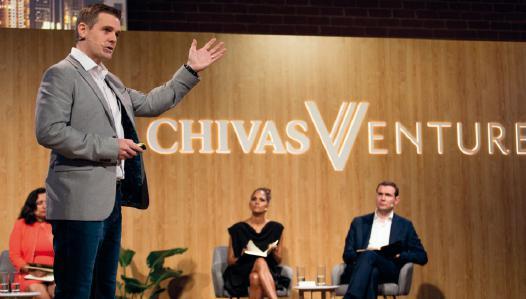
30%
of consumers globally want brands to take a public stand on social or political affairs.
(Sprout Social)
50%
of Unilever’s growth now comes from brands that are acting with a higher purpose.
(Unliever)

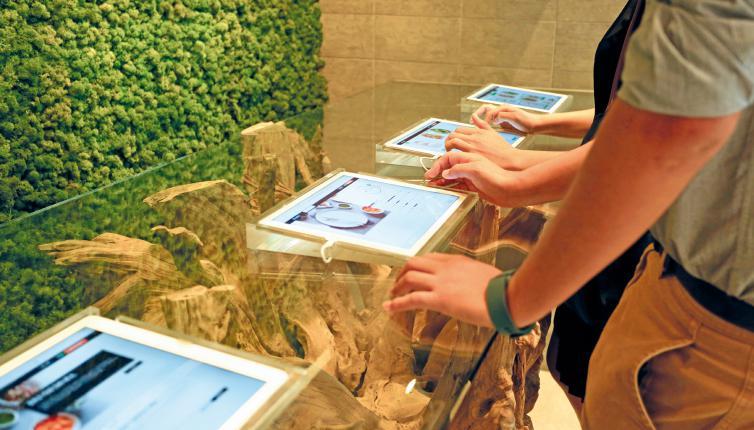
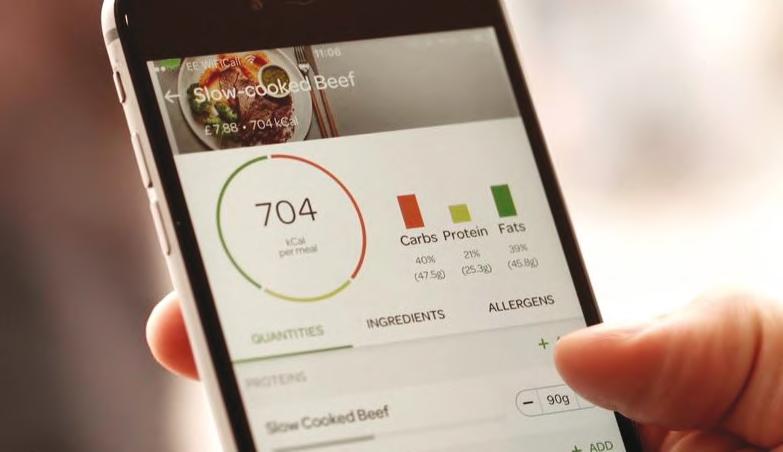
The ongoing state of current affairs means people feel they have little or no control at all. Add to that the suspicion of big corporations and one can see why consumers being in control of their own lives and choices has never been so important.
When it comes to the things they eat and drink, British consumers expect nothing less than total control. Brands providing the flexibility consumers need to feel in charge are one step ahead in the race to win their trust. Aim to give them choice over the experience, strive to provide them with as much information as possible – not knowing what is happening or even what to expect is the ultimate lack of control.
49%
of UK consumers cooking from scratch do so because it gives them the ability to control all ingredients.
(Sprout Social)
SHOW YOU UNDERSTAND THEIR NEEDS 4 GIVE THEM CONTROL OF THEIR DATA 5
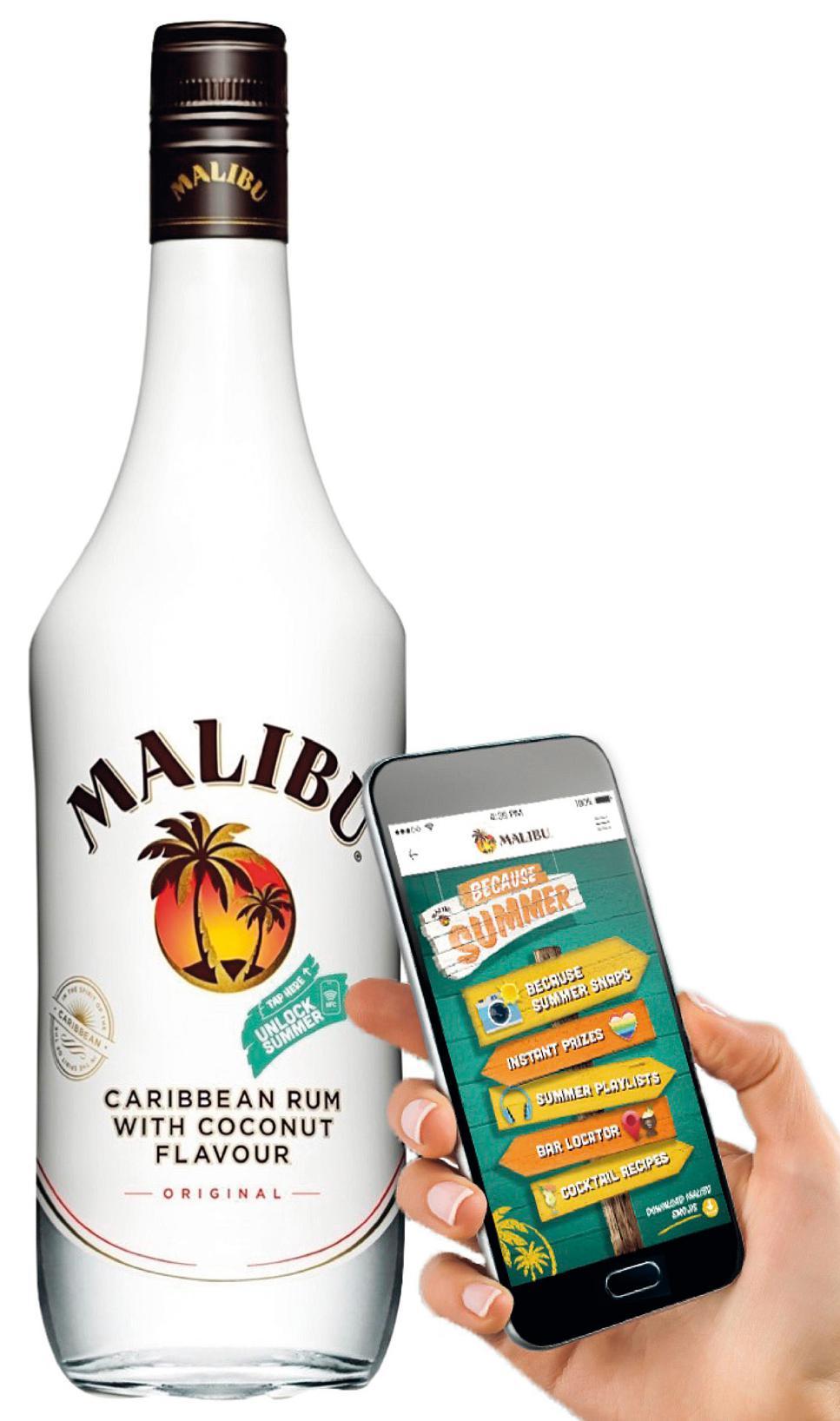
This starts with one of the very basics: insight. Consumers are more open to commenting and are often actively engaged in conversations about your brand. Listening to consumers and understanding the way they interact with your products or services can provide real world insights on how to improve engagement.
Engagement is imperative for relationship building and subsequently, sustainable growth and technology can help to facilitate engagement by enabling hyper-relevant communications.
Brands and retailers can leverage technology in a number of ways to make consumers feel they are cared for; helping them to save time, effort and energy, as well as by implementing tools for customised recommendations and cross-category suggestions to make each interaction feel more personal and special.
72%
of consumers globally say they expect companies to understand their unique needs and expectations.
(Salesforce)
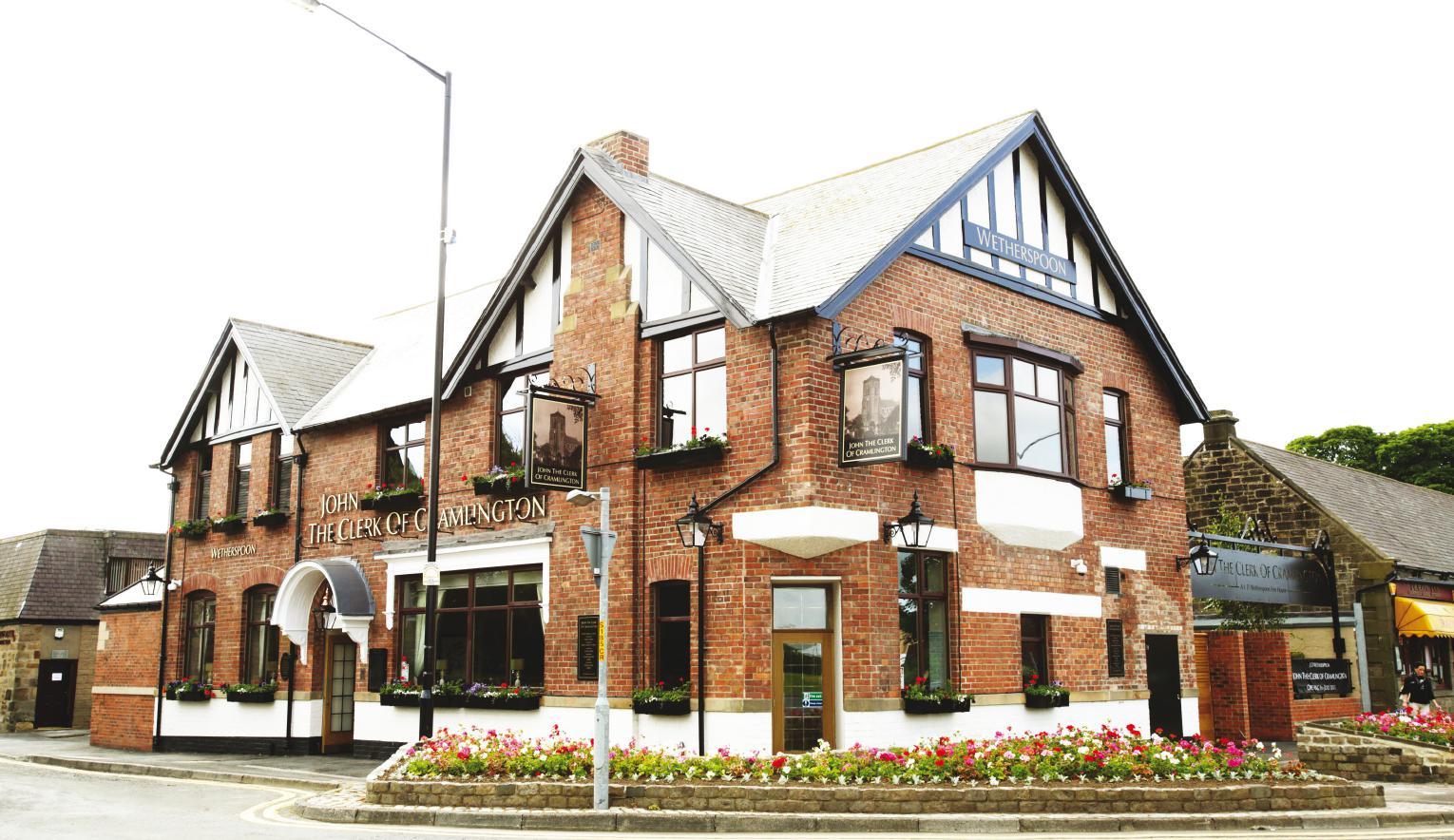
Trust starts with transparency.
Lack of consumer trust in how organisations are using their data is a major factor in the loss of trust, and has led directly to the new GDPR regulations which come into effect across the EU next month.
Data is the currency of the digital economy, and most consumers are aware of how valuable their personal data is. However, brands are failing to make a compelling case for consumers to continue to share this information with them.
Far from being a stick to beat brands with, GDPR represents an opportunity for brands to re-build trust. Start by helping your consumers to see the benefits and you’ll have them willing to share their personal data with your brand (i.e.: more personalised offers and experiences, improved customer service, increased convenience etc.). Let them see what information you hold on them, and give them control over what you will hold in the future. Make them actively give consent (no more pre-ticked boxes!), and dictate how the information is used.
Design these experiences well and you'll have built the foundation for a relationship based on trust for engagement with an audience that actively welcomes communication.
57%
70%
of consumers say they do not trust an organisation to use their data responsibly.
of consumers still fail to see the benefit of sharing their personal data at all.
LGBT HISTORY MONTH
BRANDS COME OUT TO SUPPORT LGBTQ COMMUNITY
February is LGBT History month in the UK, meaning every year museums and other cultural institutions across the country celebrate the nation’s LGBTQ community lives and legacy with a country-wide cultural festival.
To pay homage to that, we are sharing what we think are some really interesting examples of brands taking a higher ground and gaining consumer trust through campaigns that show support for the LGBTQ cause.
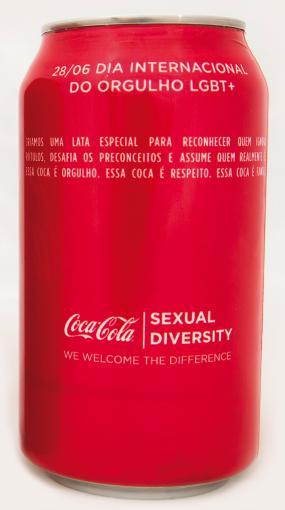
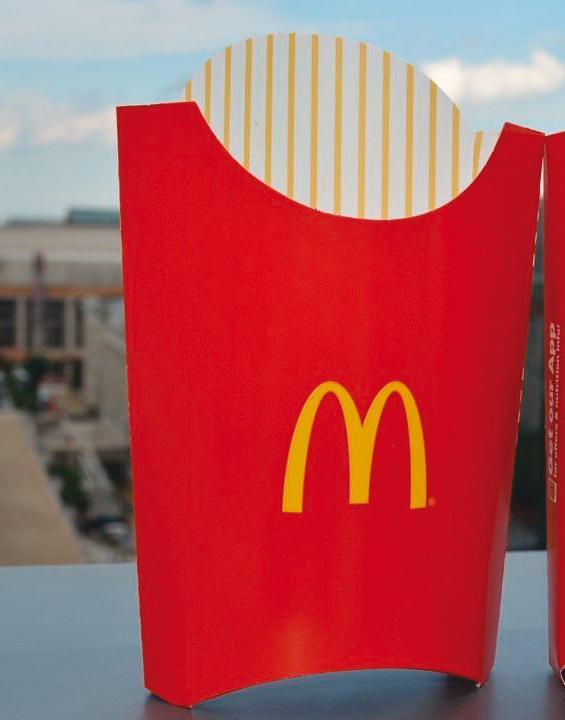
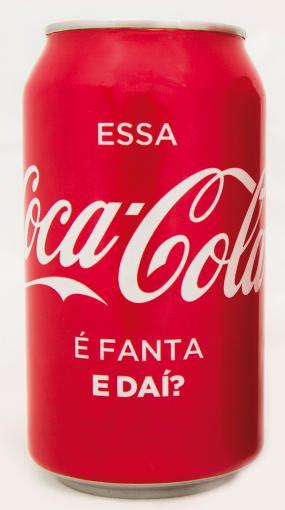
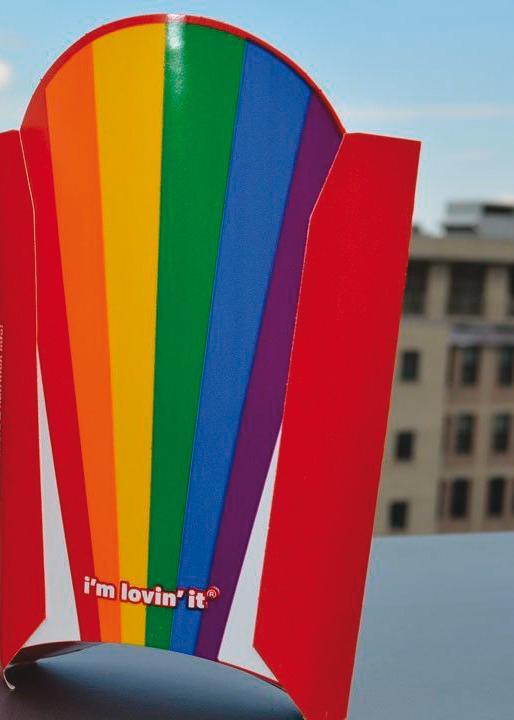
LGBTQ-targeted campaigns have been around for some time, but it now feels like even the biggest global brands have lost the fear of expressing their views on social matters, and are letting go of unauthentic 'pink-washing' to come out in full support for the community – from McDonalds’ rainbow French fry boxes, to Coca-Cola’s ‘Pool Boy’ commercial.
The list is long: Instagram has rolled out a special set of LGBTQ features, including a rainbow brush; Equinox is exploring the LGBTQalphabet (it seems a lot of people get confused with the acronym); Just Salad has released its LGBTQ-themed ‘Big Gay Garden Salad’, and there are many more. Here are three of what we think are some of the most interesting LGBTQ-themed campaigns this year.
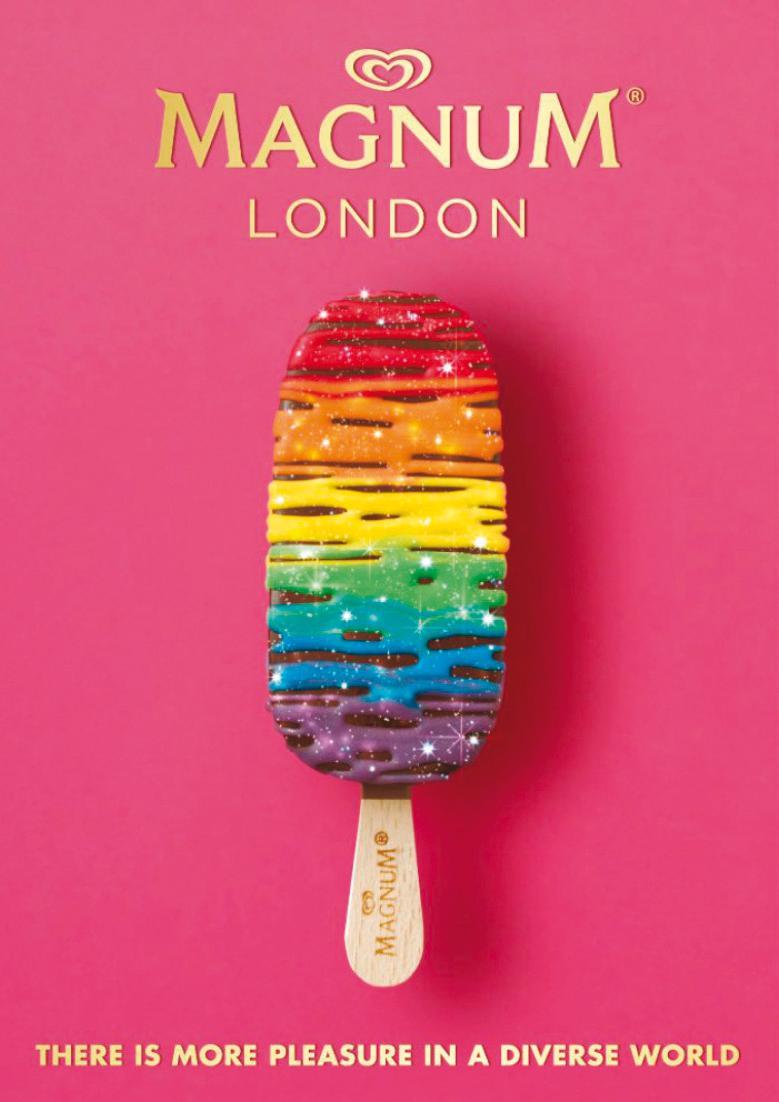
MAGNUM ICE CREAM (UK)
Magnum Ice Cream has raised money to support trans children through sales of a limited edition Pride Magnum Ice Cream.
COCA-COLA (BRAZIL)
Brazilians (not all of them!) have long used the phrase ‘Essa coca é Fanta’, which can be translated into ‘This Coke is actually Fanta’, to pejoratively question someone’s sexual orientation. So in a very clever move, Coca-Cola decided to leverage the popular saying to promote diversity and LGBTQ pride.
It has replaced the liquid inside cans of Coke with Fanta, and challenged consumers with the following message written on packaging: ‘This Coke is actually Fanta. So what?’.
The campaign was first trialled internally with employees, but it has gained so much traction due to so many people sharing photos of cans on social media platforms, as well all the PR it has received, that Coca-Cola is rolling out the campaign across the entire country, and may adapt it to other markets too.
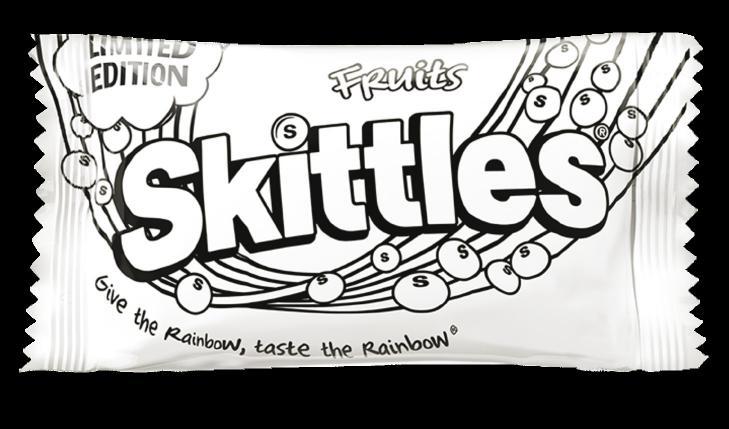
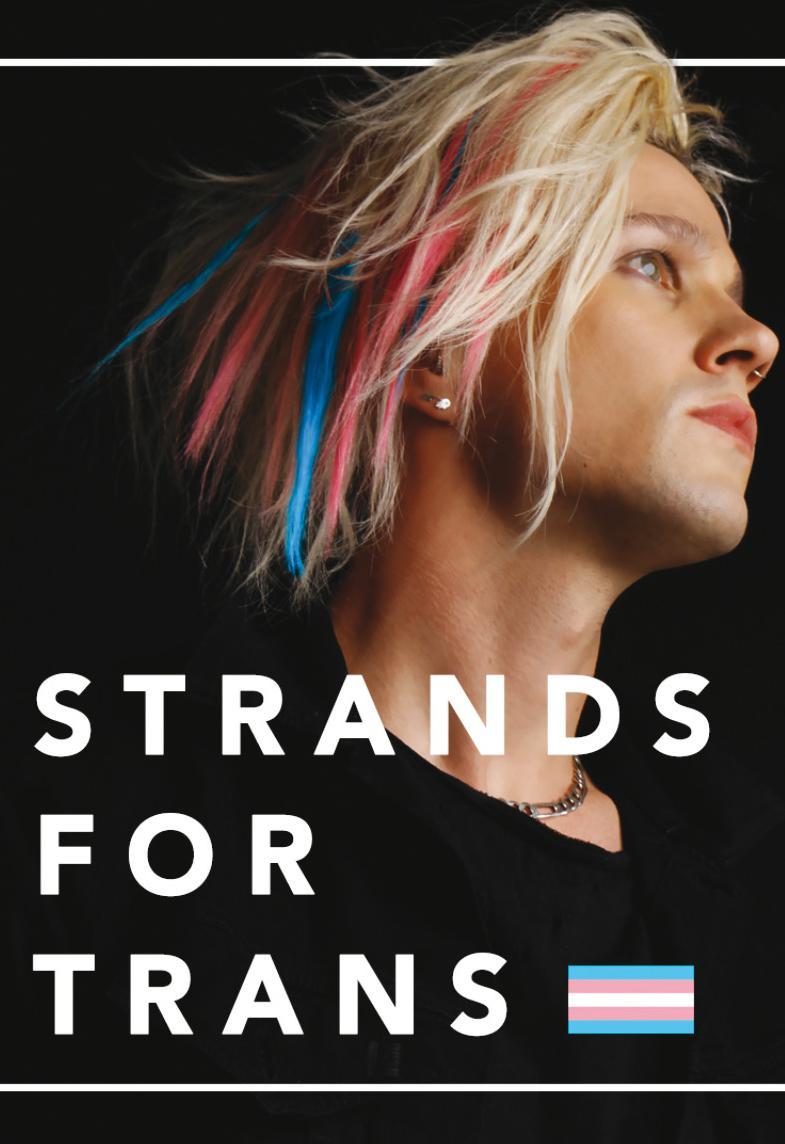
BARBA MEN’S GROOMING BOUTIQUE (USA)
Hair salons have always been some of the most LGBTQ-friendly public spaces. This year, US-based men’s grooming shop Barba has decided to show support for transgender men and women: customers wanting to help in raising awareness for the community could get their hair dyed blue, pink and white (the colours of the transgender flag) for free – even Marc Jacobs took advantage of the offer.
This campaign is particularly interesting because of its amplification potential, which goes far beyond social media – customers not only shared photos of their new hairstyle on their own channels (which helped raise awareness for both the transgender community and the salon), but also built word of mouth by explaining the initiative to everyone who asked.
SKITTLES (UK)
While the majority of brands were busy finding ways to incorporate rainbows into their branding, Skittles has stood out by abandoning its usual rainbow look and adopting an all-white alternative. The idea was that there’s only one rainbow that truly matters.
The limited-edition Skittles have taken over social media, with lots of people reacting by saying they loved the initiative, and were having fun trying to guess the actual flavours of the white sweets inside the pack.
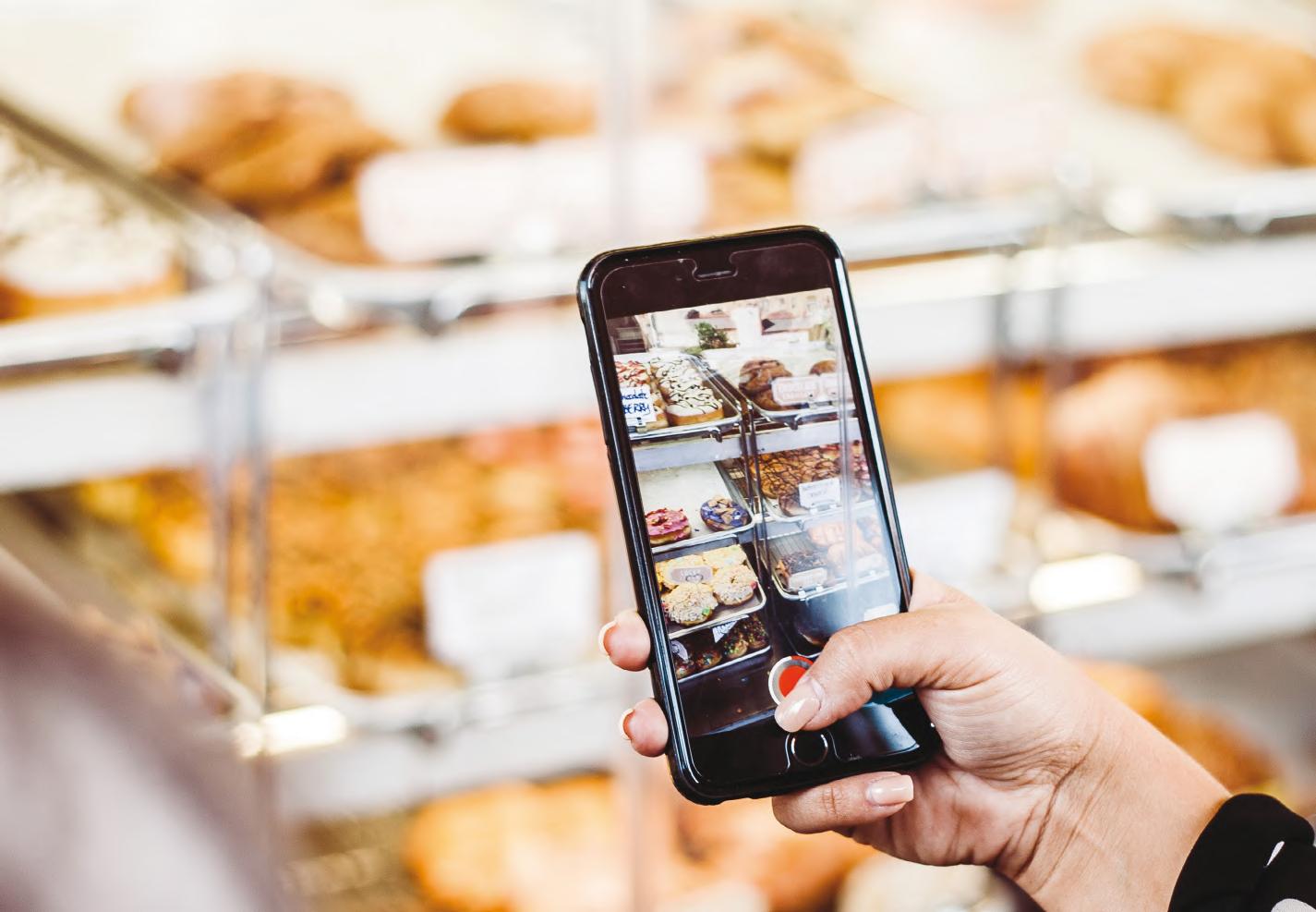
THE POWER OF INFLUENCE
Everyone seems to be talking about influencers right now. But what exactly do they do and why is the subject so fascinating? We spoke to influencer guru Sedge Beswick to get the low down.
 Founder and Managing Director at Seen Connects
Founder and Managing Director at Seen Connects
What’s your definition of an ‘Influencer’?
An influencer is someone who uses their audience to raise awareness in a way which is aligned to their archetype.
How do you think social media influencers compare to celebrities in the way they can help brands to gain trust and build relationships with their consumers?
According to Nielsen, 90% of consumers trust peer to peer recommendations, whereas only 32% trust ads. Social based influencers are trusted as they drive genuine conversation about a product or service, allowing brands to tap into new audiences in a way that feels real.
Celebrities, in some cases, are much more involved with the types of influencer marketing that come across as a badging exercise; where they’re paid to promote because of their scale and the instant recognition they can generate. For social influencers to be successful, they need to have a clear USP and to give opinions about what they’re using or being paid to promote – meaning from a brand POV, it might not always be as positive.
Brands fail when they try to force the message, and so the content from an influencer, instead of ensuring that it’s right for their audience.
On the flip side, we’re in an interesting space with influencers currently as it’s become increasingly visible around the “black market” – paying for likes, followers and saying yes to the wrong things for the sake of a quick buck. Brands need to be smarter and more robust in their research when working with influencers to ensure they’re paying for a real audience, rather than a ghost audience. This is the case for both celebrity and social influencers.
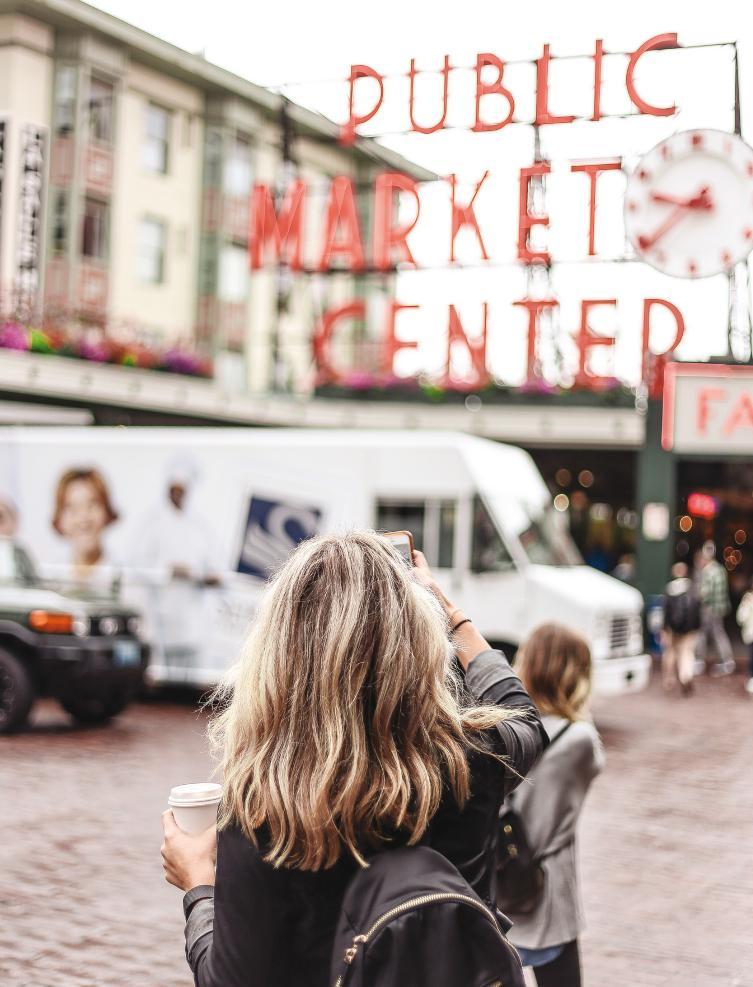
How do you decide if an influencer you’ve chosen to work with is a good match for your client’s brand?
For us, it all comes down to archetypes. Archetypes represent fundamental human needs and desires, providing away for brands to anchor themselves to something already embedded within the human sub-conscious. Mirroring archetypes drive the highest ROI.
In addition to that, our database also ensures we’re not working with anyone who’s bought their following or engagement. And, finally – we like to ensure they’re already an advocate of the brand, and if the brand can foster a relationship with the influencer then you should drive loyalty past a one-off campaign, or a paid for post, so looking for influencers who have worked with competitors is also key.
There are so many sponsored social posts out there now, which makes it hard for new pieces to break through the noise. What advice would you give to food and drink brands using social media to reach consumers and influence behaviour?
Play the long game! There are obviously so many paid for posts across various social channels, but the biggest fear from an influencer is what money is coming in next month (which is why they’ll occasionally say yes to the wrong stuff). You plan, strategise and test with your media buy – you should think about influencers in the same way.
In your experience, what are the most common reasons to why some brands’ social media campaigns fail?
Here are a few:
• They focus on vanity metrics rather than the real data and audiences.
• They think of influencers as an afterthought, rather than part of the brand and/or activation.
• They don’t foster relationships with influencers.
• They use influencer’s feeds as product placement vs a partnership.
• They use the wrong influencer who isn’t aligned to their brand.
What does the future of Influencer Marketing look like in your view?
In 2017, $2BN was spent on influencers and it’s forecast to hit $10BN in 2020 – it’s not going anywhere!
The future, in my opinion,is that brands get more strategic in their approach and start to reap the benefits of thinking of influencers on a longer-term basis rather than adhoc. At Connects, the two areas we’re focusing on is around dark social and voice.
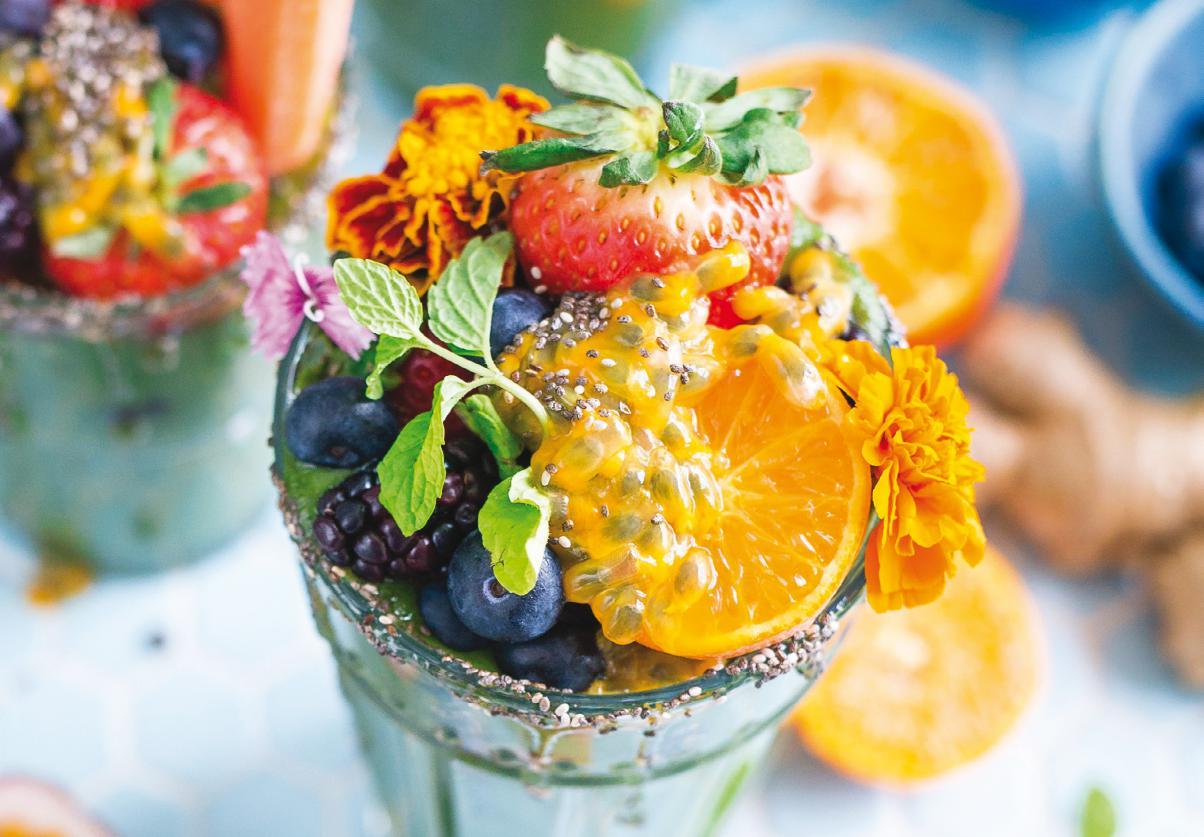
PURPOSE, PASSION & POSITIVITY BRAND TRUST IN THE DRINKS SECTOR
Brand trust is one of today’s hot topics. We had a chat with global drinks aficionado Max Warner to find out his views and how this plays out in his sector.

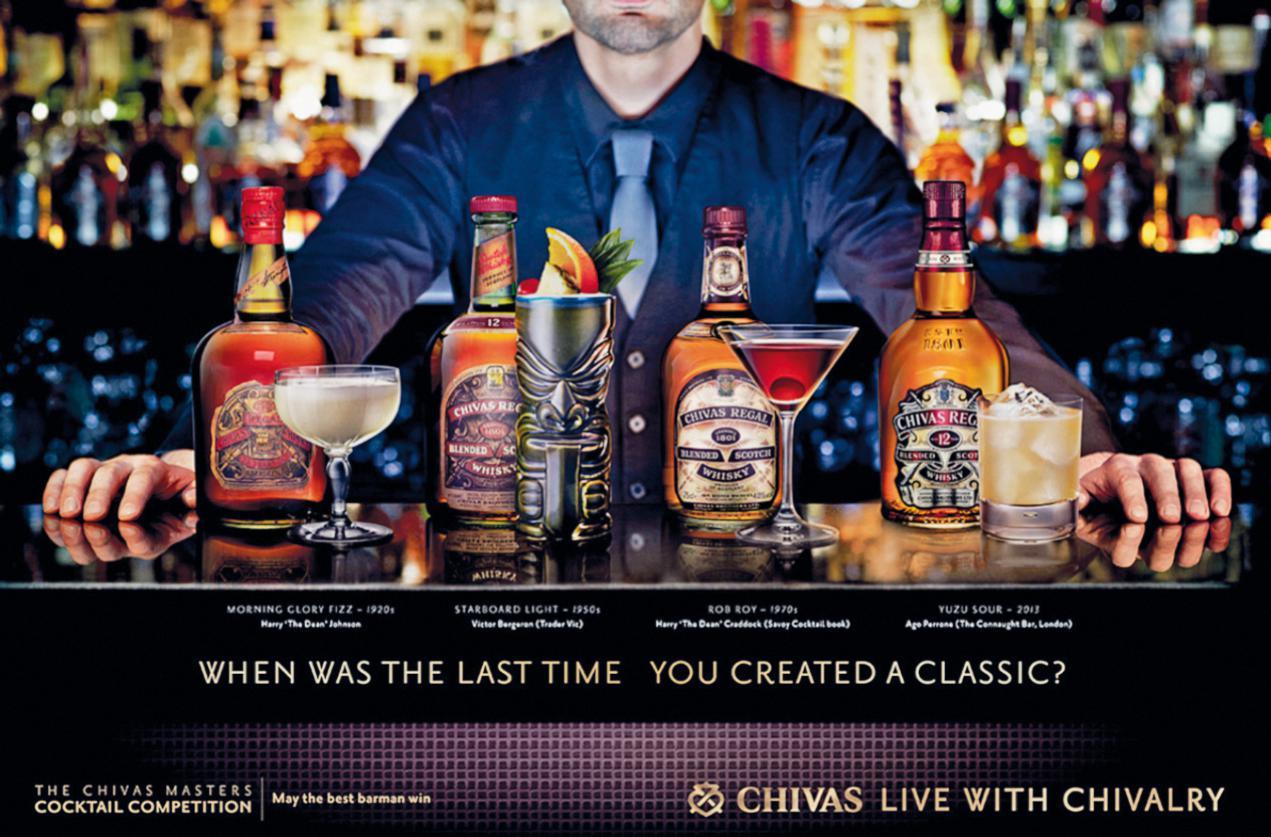
There’s a lot of talk about deterioration of consumer trust. How has this affected the drinks sector, and how are brands adapting to deal with more cynical consumers?
I think we need to be careful with this generalization because there are many different types of consumers. At Chivas, we know some of our consumers are very loyal and have been drinking our Scotch whisky for years. And yes, there are others who are a bit more cynical of things like advertisements.
What I see is consumers becoming a lot more curious these days. This isn’t so much about the history or the brand – it’s more about the process of making the drinks they’re buying. At Chivas, we respond by doing everything we can to offer them more transparency.
We’re simply igniting their curiosity – we’re always evolving the brand to keep a good level of excitement with consumers.
Chivas is a brand with strong values and beliefs. How do you see these strengthening the relationship it has with its consumers?
We’re always looking at ways we can be as transparent as possible – this involves talking about the positive impact we may have with the local community, or the ways we seek to minimise the impact in the environment. One of the things that brands are trying to communicate more is this idea of supporting local communities.
For Chivas, this is all about making a positive impact in the world, and one of the ways we are doing this is by supporting innovative social entrepreneurship. The Venture is an international contest open to entrepreneurs using innovative business ideas as a force for good. It has had a really positive impact with local communities, and it’s a very genuine program because it’s tied back to Chivas core values.
You need to be careful with the reason your brand is doing something like that. It shouldn’t just be because other brands are doing it and you think your brand should do it too. It’s important that everything feels right – the tone of voice, the message, and all else needs to tie back with the values of your brand, otherwise it may backfire and reinforce consumer cynicism.
What drink trends do you believe are most influencing consumer choice now?
I’m reluctant to use the term ‘trend’ because a trend only exists for a limited time. I’m more focused on the long-lasting changes happening in the world. Reducing plastic waste is one of these changes that seems to be on everybody’s minds now. This is essentially through reducing usage of straws to begin with, but it also involves overall product waste.
Sustainability is really important. And I think it is a huge word because it involves so many things –yes, it’s about the environment but it also includes the people, and in my view, this is the most important part. How do we promote this idea of sustainability of people?
I look at food and drinks in the same way – hospitality. And I take a lot of inspiration from Japan. There, they have an approach to hospitality which they call OMOTENASHI (Japanese word for Hospitality) –it basically means bartenders will assess situations when customers come to the bar, and have as their sole purpose making those customers to leave the venue in a better way. It’s a state of mind. Their role is to look after people. Mindfulness and Wellness within the drinks world is also very prevalent, but don’t describe them as trends because see them as something permanent. These are evolving concerns which are here to stay. And it also involves non-alcoholic drinks and different types of tonics because they’re here to help people with their diets and other lifestyle choices.
And how is Chivas adapting to these?
Programs like The Venture, for instance, spurs social entrepreneurship which will then have a positive impact in the local community, but it’s more than that. It also inspires other brands to do good. We also have a campaign called Bar Straws, which is now in effect around the world, and isn’t a Chivas only campaign – it involves all Pernord Ricard brands and promotes the idea of not using plastic straws. In fact, some of the drinks we are coming up with will be sipping style so that we continue to promote that.
I like to promote the idea of localizing drinks (sourcing only local ingredients, for instance) – this helps with creating more local palates, but it also benefits the local community. I’m keen to support enriching communities but we need to do it through drinks.
Another thing I have worked with is the Chivas Masters competition – this year we even called it ‘The Community Edition’. We used a competition platform to try to understand the communities in which we’re present – we’ve asked bartenders to create cocktails representing people in their communities. It brings the brand closer to the consumer.
How does the future of the drinks-sector looks like in your eyes?
I think it’s forever changing. Ultimately, curiosity is increasing within the drinks world. People are becoming more adventurous and want to try new things when started with Chivas 15 years ago we had 2 expressions, now we have 9.
I also think it’s very important for all our programs to be responsible – and that means having a message that’s fun but also ethical. That’s what we can do. There will always be people who will be cynical about everything. And to be honest, I’m sorry for them. This is not a positive attitude to things.
Max Warner Global Drinks Ambassador at Pernod RicardRECENT WORK:
Here’s a snapshot of some of our recent work the last year. The work includes innovative drink serves, brand identities and omni-channel campaigns that create stand-out and engagement at the moment of proof – where the brand meets the consumer.
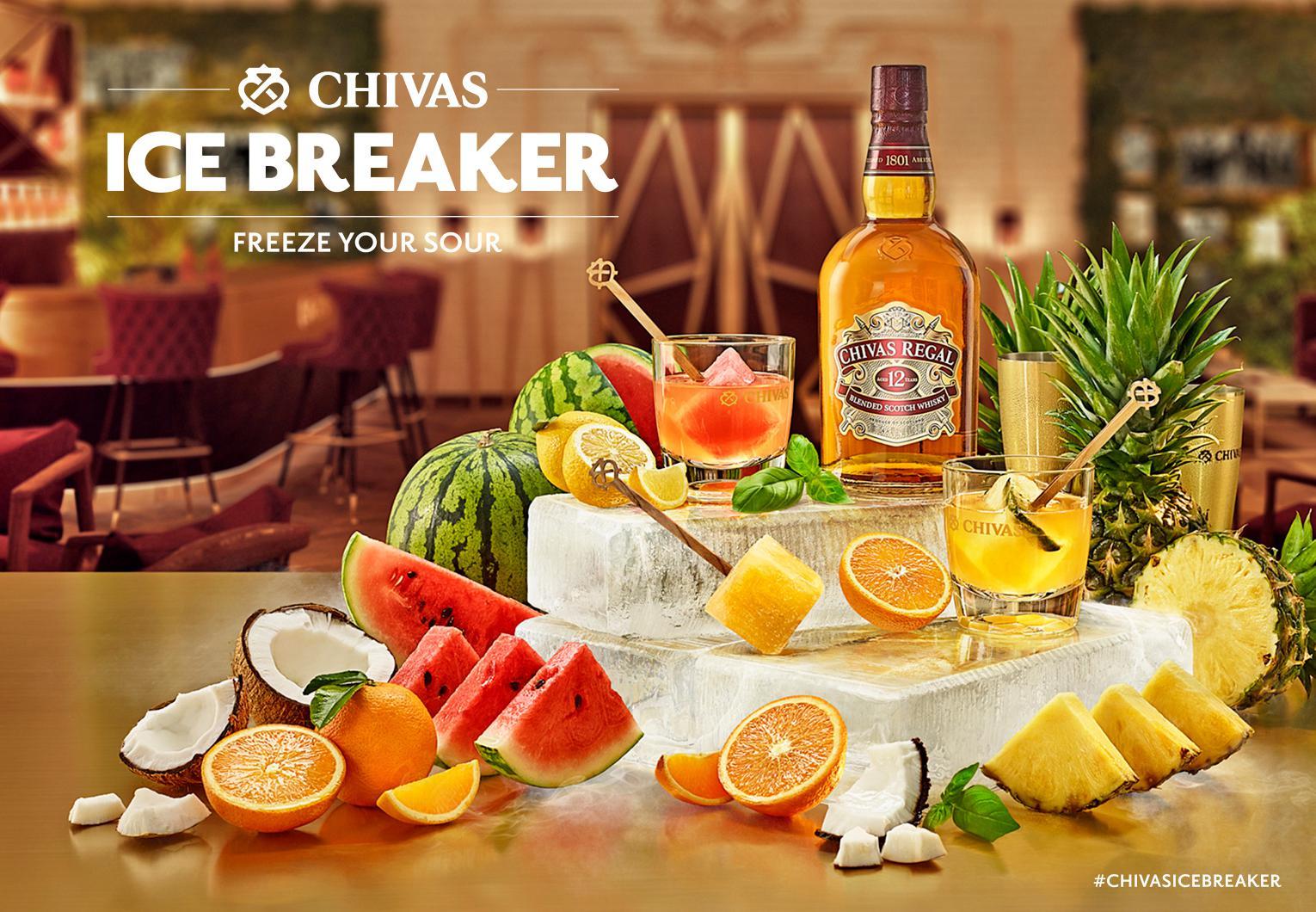
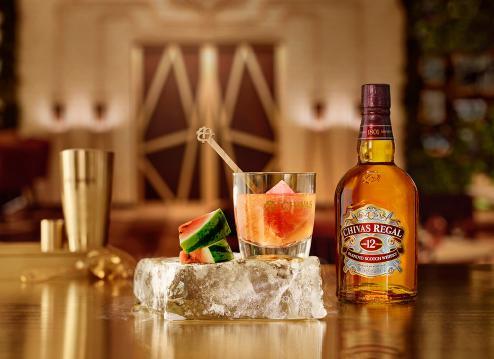
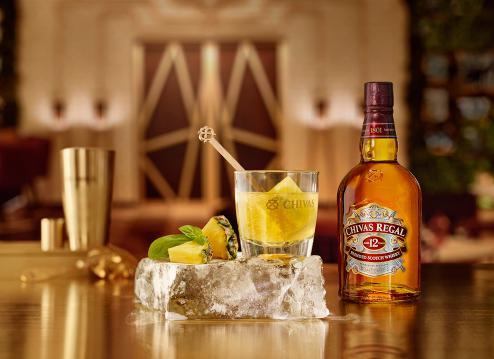
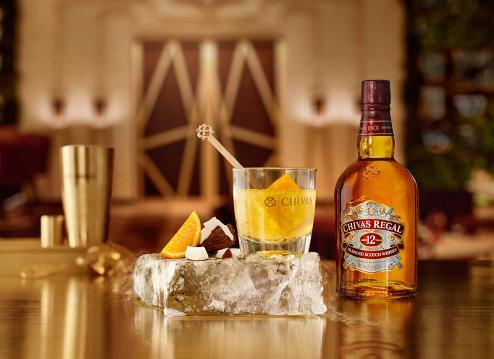
Tasked with creating a new premium drinking ritual for Chivas Regal 12, Missouri aimed to modernise a well-loved classic that embraces the Chivas brand values of sharing, generosity and discernment.
Tapping into new global drinking trends of personalisation and sharing, the Chivas Ice Breaker brings about the union of the Chivas Whisky Sour and a selection of flavoured “Ice Breaker” cubes.
The beauty of the Ice Breaker serve lies in its simplicity, allowing each consumer to “Freeze Your Sour”, and sample and enjoy a shared serve with friends.
CLIENT:
CHIVAS
OUR INVOLVEMENT:
Concept Creation
Key Visual Development
Art Direction
Brand Toolkit
Serve Tools
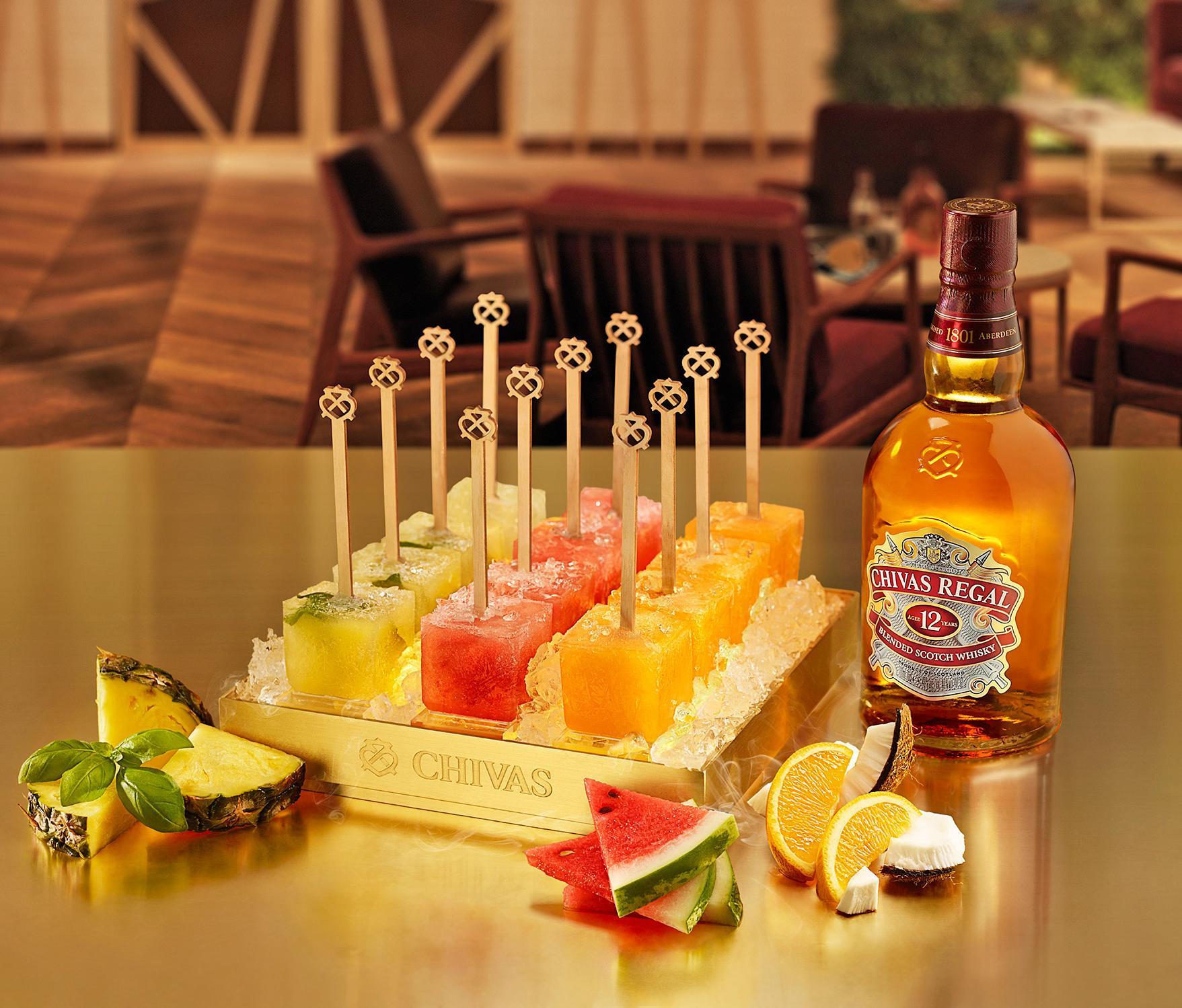 THE ICEBREAKER
THE ICEBREAKER

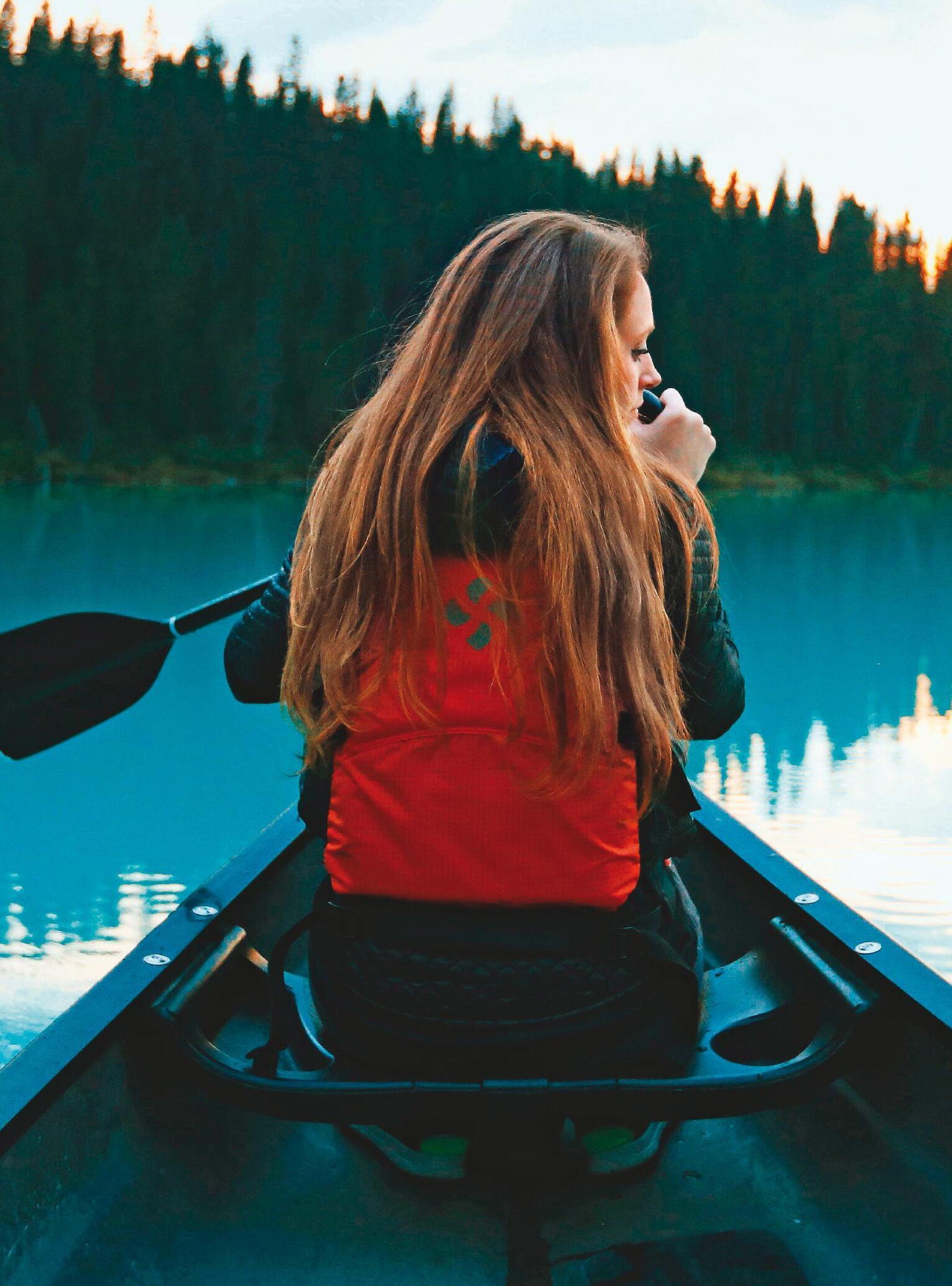
Headwater is an active outdoor holiday brand and a part of the TUI Group. Traditionally their guests are an older demographic but as their suite of products broadened, they began to appeal to a younger audience. The brand needed a dramatic redesign to not only retain the current franchise but also open the Headwater offer up to a younger and more demanding clientele. We undertook a full audit of the brand communications and the competitive landscape to create ‘clear space’ for the brand to operate in.
By focussing on the small things that make a big difference, we created a new brand template, a vision and values document, a new brand mark and a full suite of online and offline communications and guidelines.
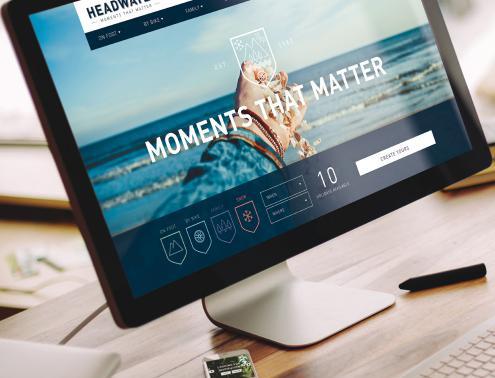
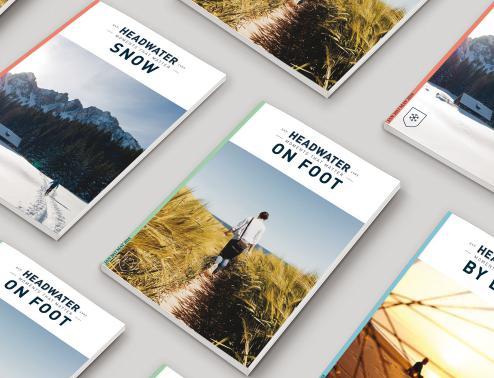
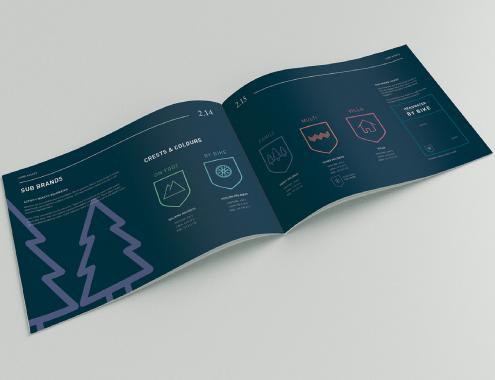
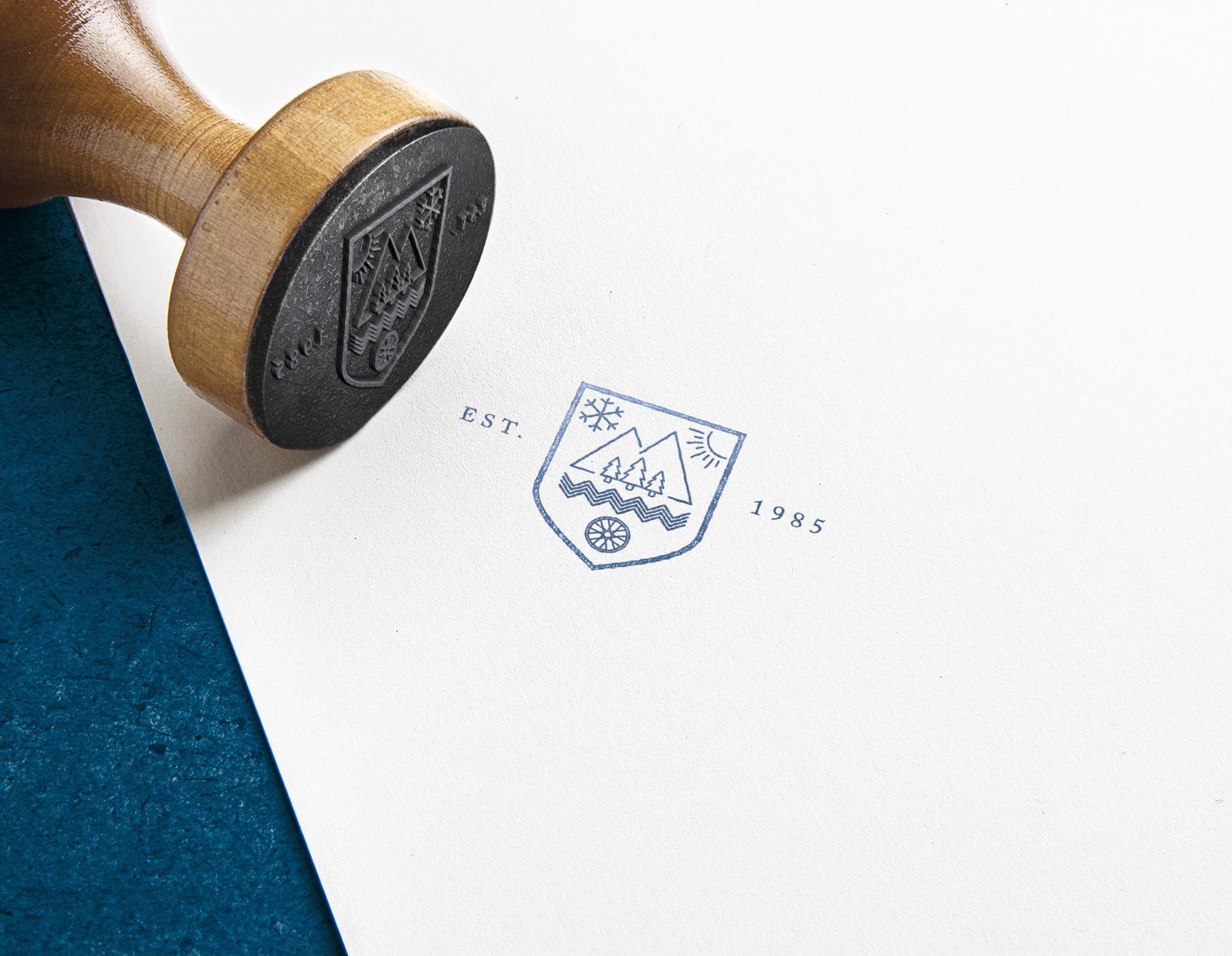
HEADWATER BRAND STRATEGY AND IDENTITY OUR INVOLVEMENT:
CLIENT:
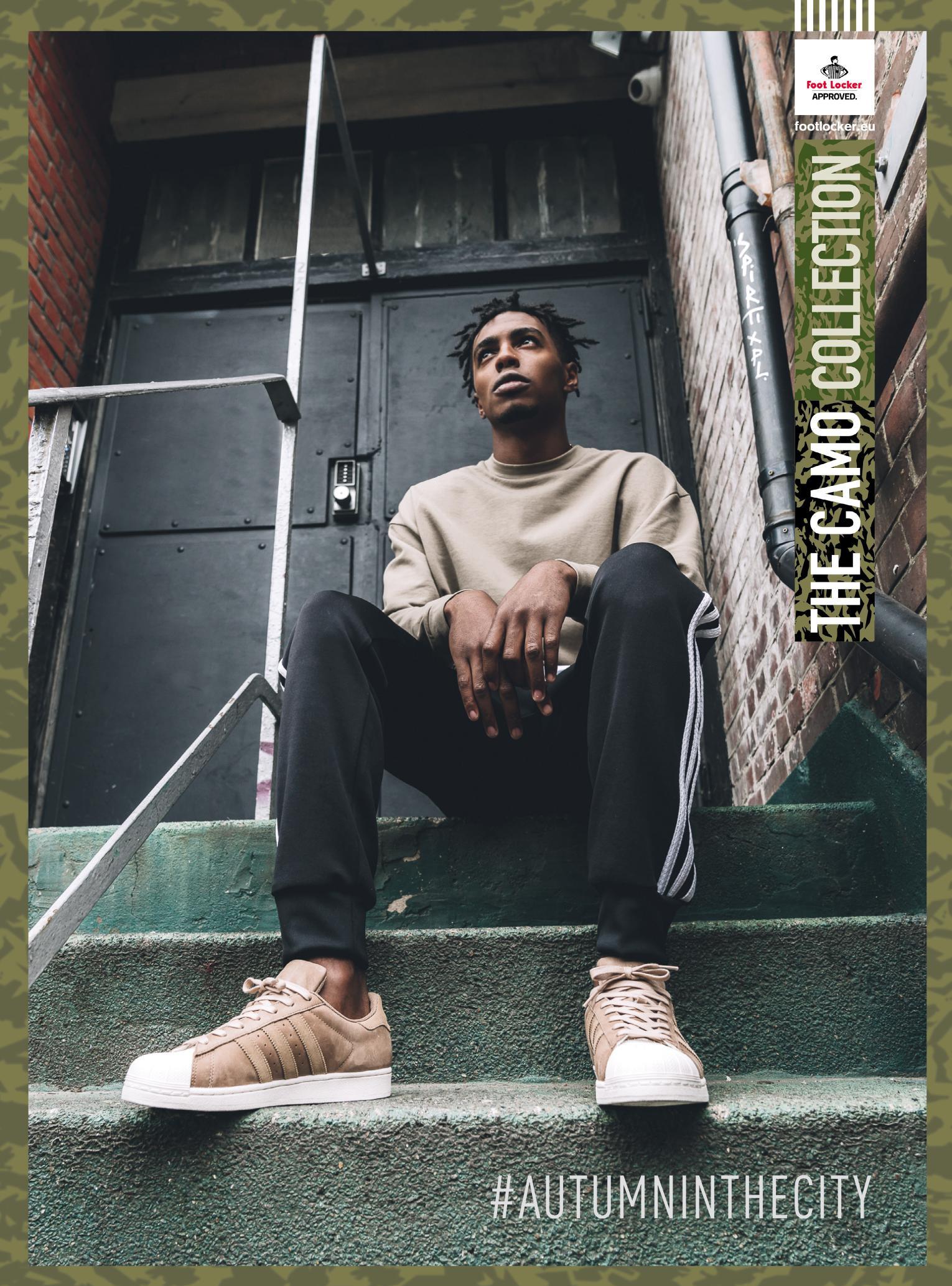
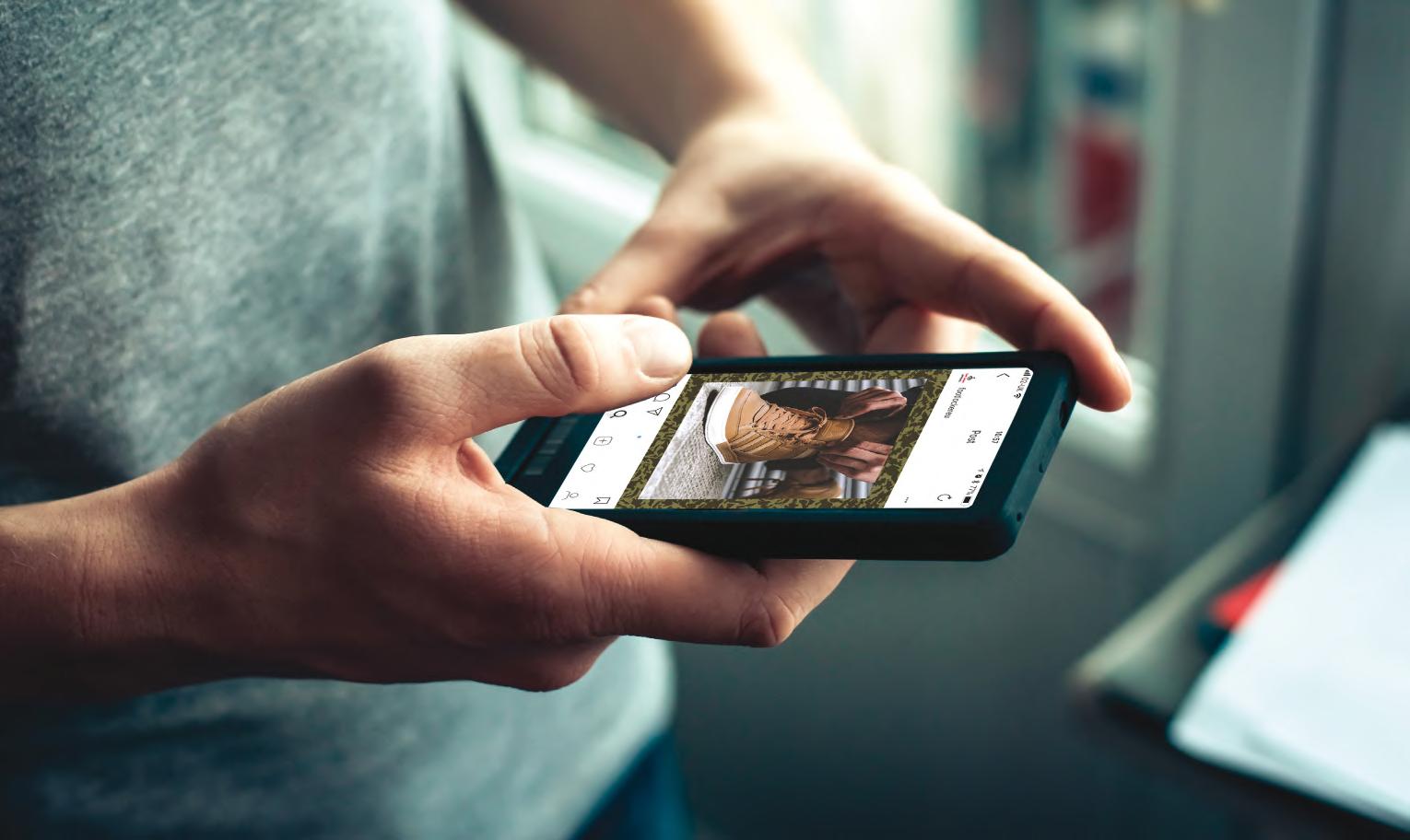

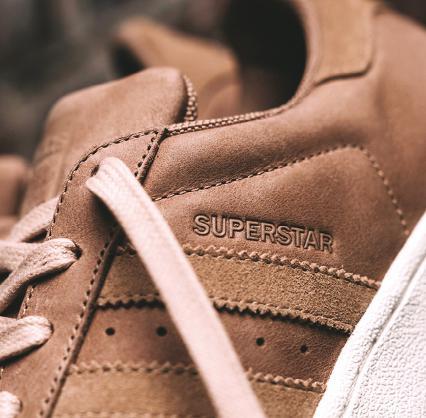

ADIDAS CAMO PACK
Working with photographer and ‘sneaker head’, Runner Wally, we created the Autumn/Winter Foot Locker campaign with camo- inspired Adidas sneakers and apparel.
With a highly discerning and informed audience it was imperative to work with an influencer in the category to give the campaign an authentic look and feel. Shot in the streets of East London, the campaign went into 650 stores in 19 European countries and has rolled out across digital and social channels.
CLIENT:

OUR FOUNDER STUART WOOD TAKES A LOOK AT THE SIGHTS, SOUNDS AND (MOST IMPORTANTLY) DESIGN IN MEXICO CITY
SHOW ME MEXICO CITY
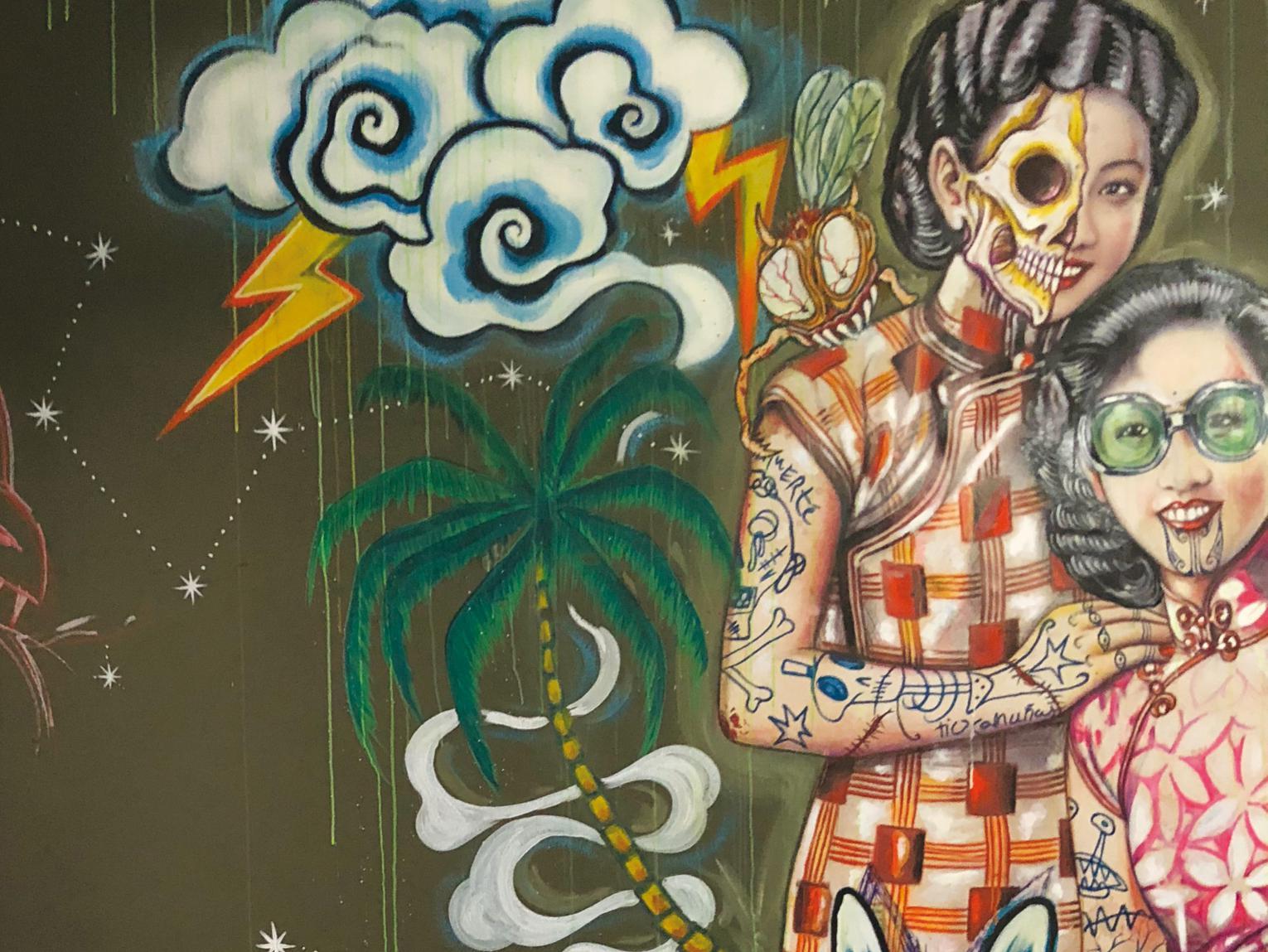
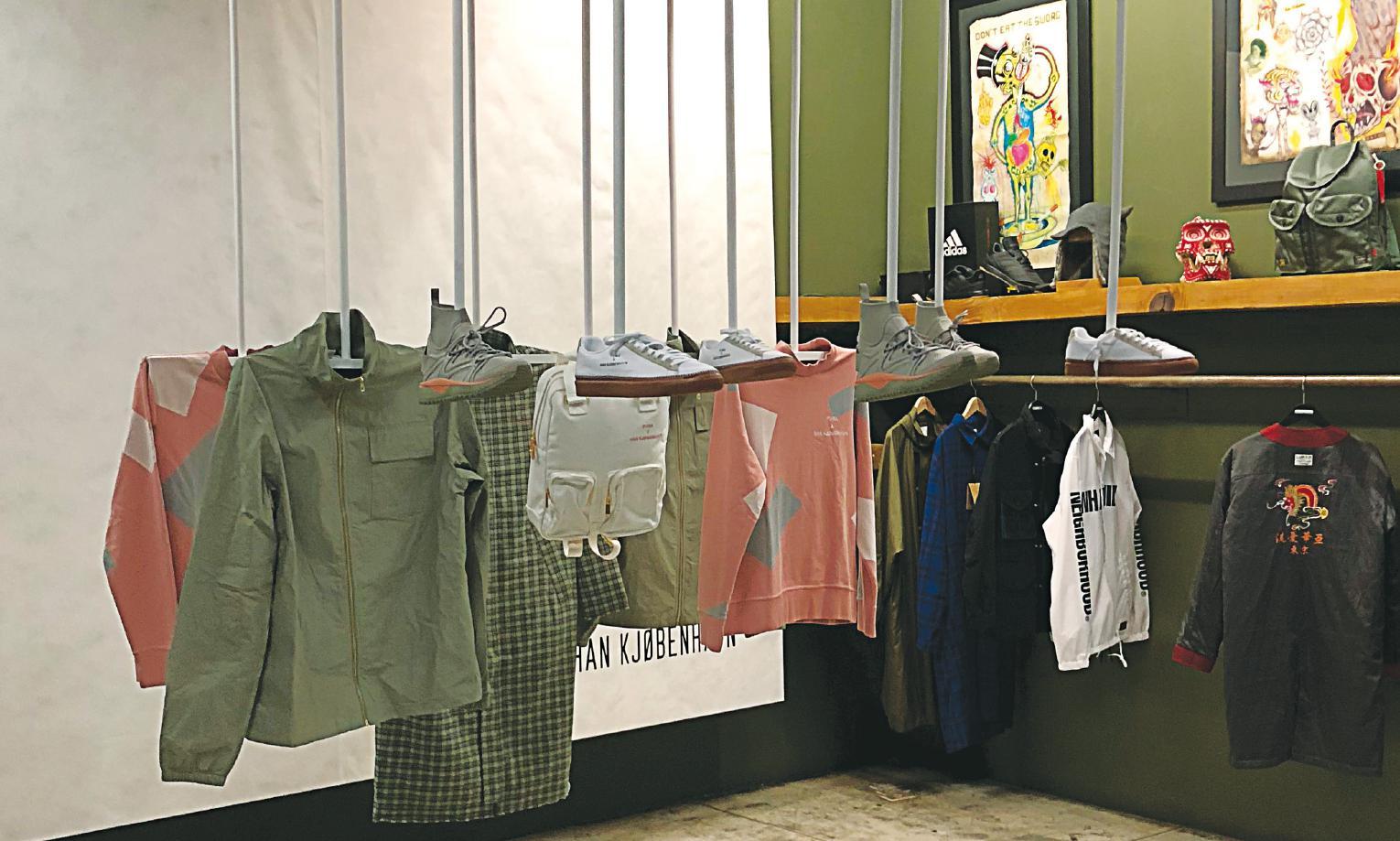



After winning a four-way pitch for tequila brand, Altos, we were invited to a week-long induction into the world of modern Mexico. There is much buzz and hype in the drinks industry around the emergence of tequila as the rising star in the category, so we thought it was the perfect time to deep-dive into the culture, the people and the young designers fueling the global interest in all things Mexican.
The first thing that strikes the new visitor to the capital is the vividness of the streets, the architecture and the shops. Colour plays a central role in all things Mexican. It’s bold, unashamed and in your face. Walking the streets on La Condesa, Roma and Juarez, it’s easy to see a new sense of pride and confidence permeating the visual landscape.
From food to furniture, from art to architecture, it’s the respect in the age-old traditions, materials and processes combined with a new progressive approach that sets modern Mexican design apart. We visited the showrooms of David Pompa and were amazed by the use of Barro Negro, black clay from San Bartolo Coyotepec, Oaxaca – a material as old as the Myan culture – being repurposed for ubercontemporary lighting and interior finishes. The highly browse-able store, Taxonomia, only stocks the best of young Mexican designers.
From the reimagined fashion of Carla Fenandez to the craft of the homewares of Veta MX, the proportion, detail and materiality makes each piece individual yet bound together by an unmistakably modern Mexican ethos.
Streetware stores abound, but again with a vernacular that borrows from the past. Rituals and traditions are reinvented in the art adorning the walls and the sneakers, caps and apparel on display. There is a ‘needs-must’ approach to many of these stores; low in cost but high in imagination.
The hospitality industry is also thriving, catering to a new culture vulture traveler.
A stay at Casa Fayette in Mexico’s second city, Guadalajara, is not only an escape from the bustling low-rise city, it’s also a monument to contemporary Hispanic design. Every vista is carefully curated, every corner a highly tactile experience that combines heritage with a progressive visual sensibility.
A feast for the eyes but an oasis for the soul.
We left the country replete. Full of new ideas and inspiration. Full of tacos. And of course, tequila.
No.3
MAY 2018
WE ARE MISSOURI
MISSOURI CREATIVE IS A BRANDING & CREATIVE COMMUNICATIONS CONSULTANCY.
FOR US, DESIGN HAS NEVER BEEN SOLELY ABOUT THE BUILDING OF ENVIRONMENTS, THE CONSTRUCTION OF OBJECTS OR THE CREATION OF GRAPHICS. WE SEE OURSELVES AS DESIGNERS OF BEHAVIOUR. WE HAVE CREATED AN APPROACH THAT DELIVERS COMPELING EXPERIENCES FOR CONSUMERS AND TANGIBLE BUSINESS RESULTS FOR OUR CLIENTS. WHETHER ON-LINE, IN-STORE, ON-SHELF OR ON-PACK, WE UNDERSTAND HOW, THROUGH MEMORABLE, EMOTIVE DESIGN AND COMMUNICATION, BRANDS CAN CREATE IMPACT WHERE IT MATTERS MOST.
WITH A FULL-SERVICE APPROACH, FROM INSIGHT TO IMPLEMENTATION, WE CREATE IDENTITIES AND VISUAL LANGUAGES, ENVIRONMENTS AND ACTIVATION CAMPAIGNS, FOR BRANDS IN RETAIL AND RETAIL BRANDS.

